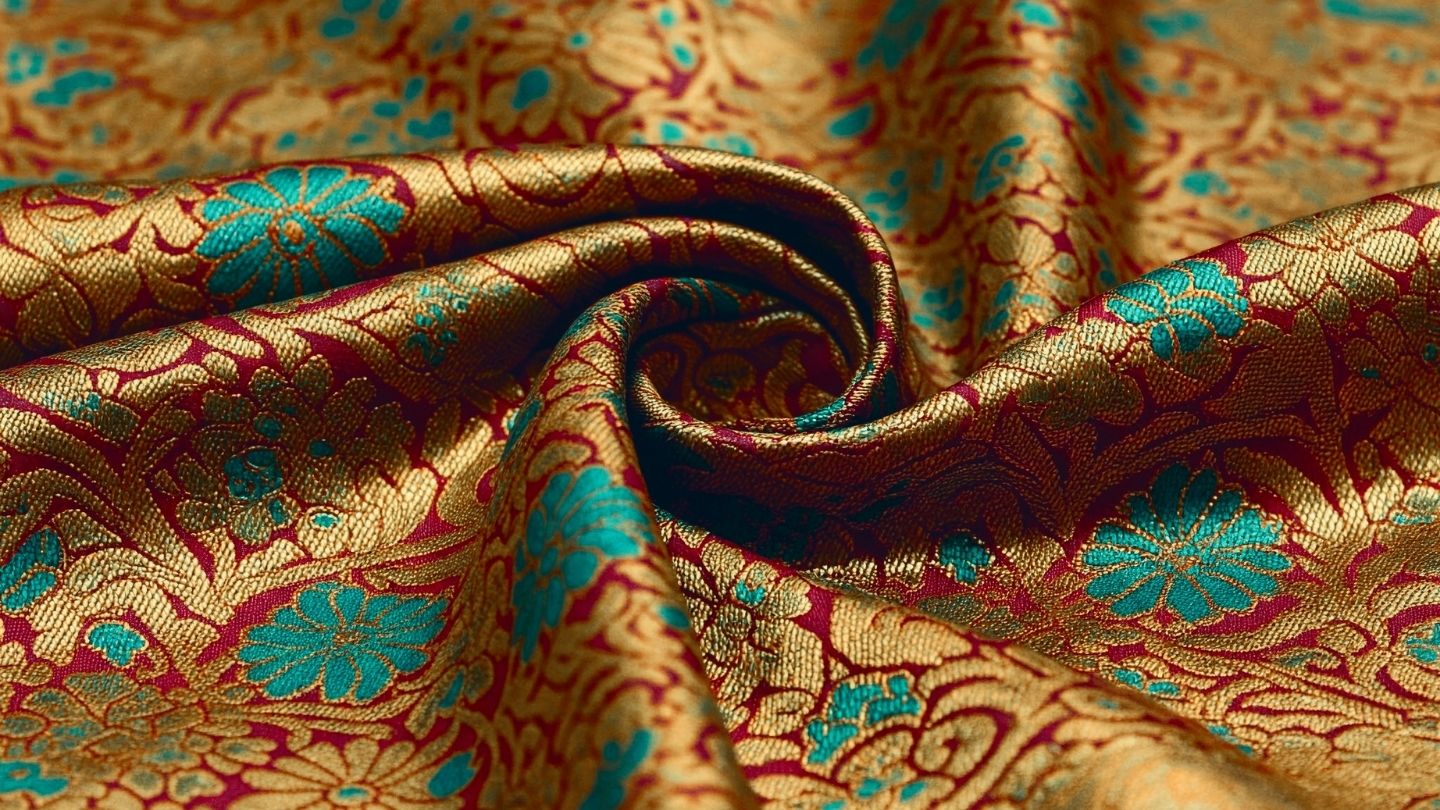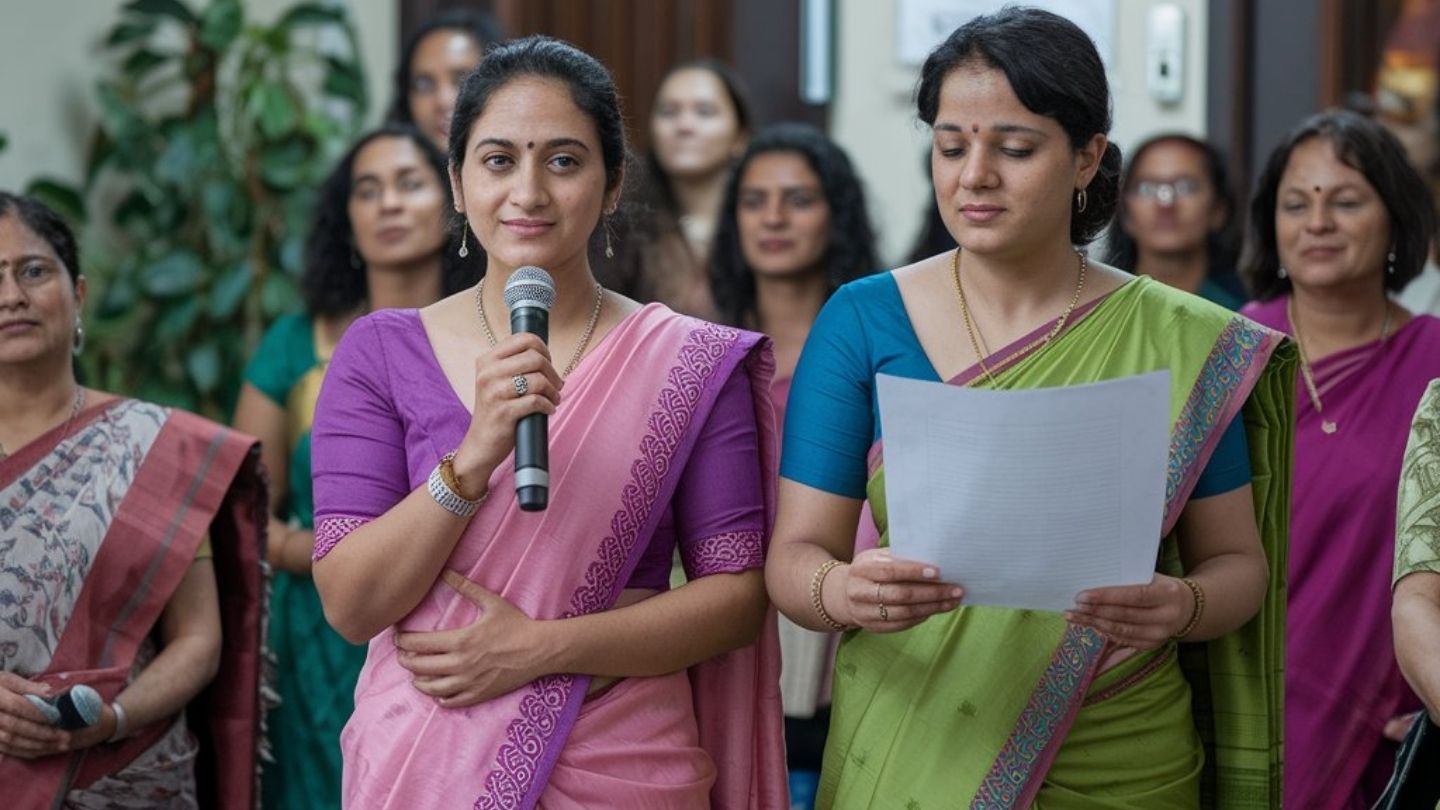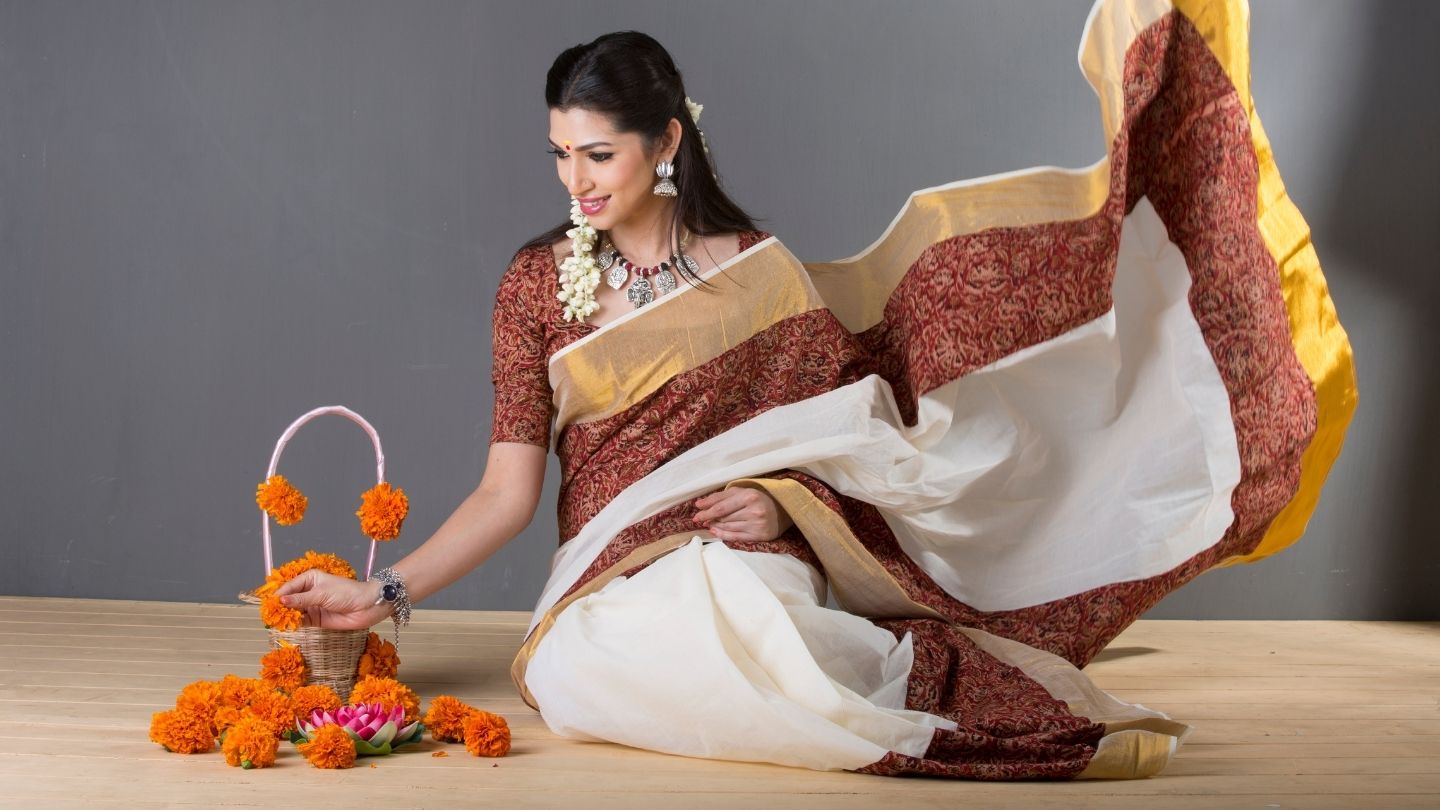A saree is far more than a piece of fabric—it is a testament to India’s rich cultural tapestry, meticulously crafted by artisans whose skills have been perfected over generations. Whether it is a Banarasi silk that gleams with zari work, a delicate Chikankari embroidered piece, or a vibrant Bandhani saree, each saree carries with it history, craftsmanship, and sentimental value.
Owning a saree is a privilege; preserving it is an art. Over the years, I have witnessed how careful maintenance transforms a saree from a festive garment into a cherished family heirloom, passed gracefully from one generation to the next. Here, we delve into time-tested practices that ensure your sarees remain in pristine condition, allowing their charm to endure.
1. Proper Storage Is the Foundation
The way a saree is stored plays the most crucial role in its longevity.
-
Use Muslin or Cotton Covers: Instead of plastic covers, which trap moisture and cause yellowing, opt for breathable muslin or cotton saree bags. These allow the fabric to breathe while protecting it from dust.
-
Avoid Hanging Heavy Sarees: Heavy silk sarees, particularly Banarasi or Kanjeevaram, should never be hung for long periods, as this stresses the fabric and embellishments. Instead, fold them carefully along their natural creases.
-
Store in a Cool, Dry Place: Keep sarees away from direct sunlight and damp areas. Excessive heat or moisture damages the delicate silk fibers and encourages mildew.
2. Gentle Washing Practices
The washing method depends on the saree fabric, but caution is paramount.
-
Dry Clean Preferred: For silks, Banarasi, and heavily embroidered sarees, dry cleaning is the safest option to preserve luster and structure.
-
Hand Wash with Care: Light cotton or georgette sarees can be hand washed gently in cold water using a mild detergent. Never wring the fabric—press water out gently.
-
Avoid Harsh Chemicals: Bleach and strong detergents damage fibers and embroidery. Always use specialized, mild solutions designed for delicate fabrics.
3. Ironing with Precision
Proper ironing maintains the saree’s crispness without harming the fabric.
-
Use Low Heat Settings: Silk and chiffon sarees require low heat or steam ironing. For extra safety, use a thin muslin cloth between the iron and the saree.
-
Iron on the Reverse Side: To protect zari work, embroidery, or prints, always iron on the reverse side of the fabric.
4. Periodic Refolding and Airing
Over time, permanent creases can weaken fabric along fold lines.
-
Refold Regularly: Every few months, refold the saree along different creases. This prevents permanent lines and avoids fabric fatigue.
-
Gentle Airing: Air your sarees periodically in the shade for a few hours to prevent any musty odor and maintain freshness.
5. Avoid Overexposure to Fragrance and Makeup
Perfumes, deodorants, and makeup stains can cause irreversible damage.
-
Apply Fragrance Before Draping: Let perfumes dry before you wear the saree to prevent staining.
-
Keep Makeup Away: Avoid contact with foundation, lipstick, and bindi adhesives directly on the saree fabric.
6. Repair and Maintenance
Timely repair preserves the saree’s structure and appearance.
-
Reinforce Borders and Embroidery: Check for loose threads or embellishments and get them professionally repaired.
-
Handle Minor Stains Immediately: Gently blot (never rub) fresh stains with a clean cloth and consult a professional cleaner for stubborn spots.
Expert Tip: Invest in Saree Organizers
For avid saree collectors, investing in specialized saree organizers with separate compartments and labeled sections makes storage easy and organized, reducing handling stress and preserving the collection systematically.
Conclusion
A saree is not just worn; it is nurtured. With mindful care, the delicate silk, exquisite embroidery, and vibrant colors continue to radiate their original splendor through the years. In my experience, the most treasured sarees are those that have been lovingly preserved—a reflection of respect for tradition, attention to detail, and timeless elegance.
Embrace these practices not as chores but as rituals of reverence, and your sarees will reward you by remaining as breathtakingly beautiful as the day you first wore them.






